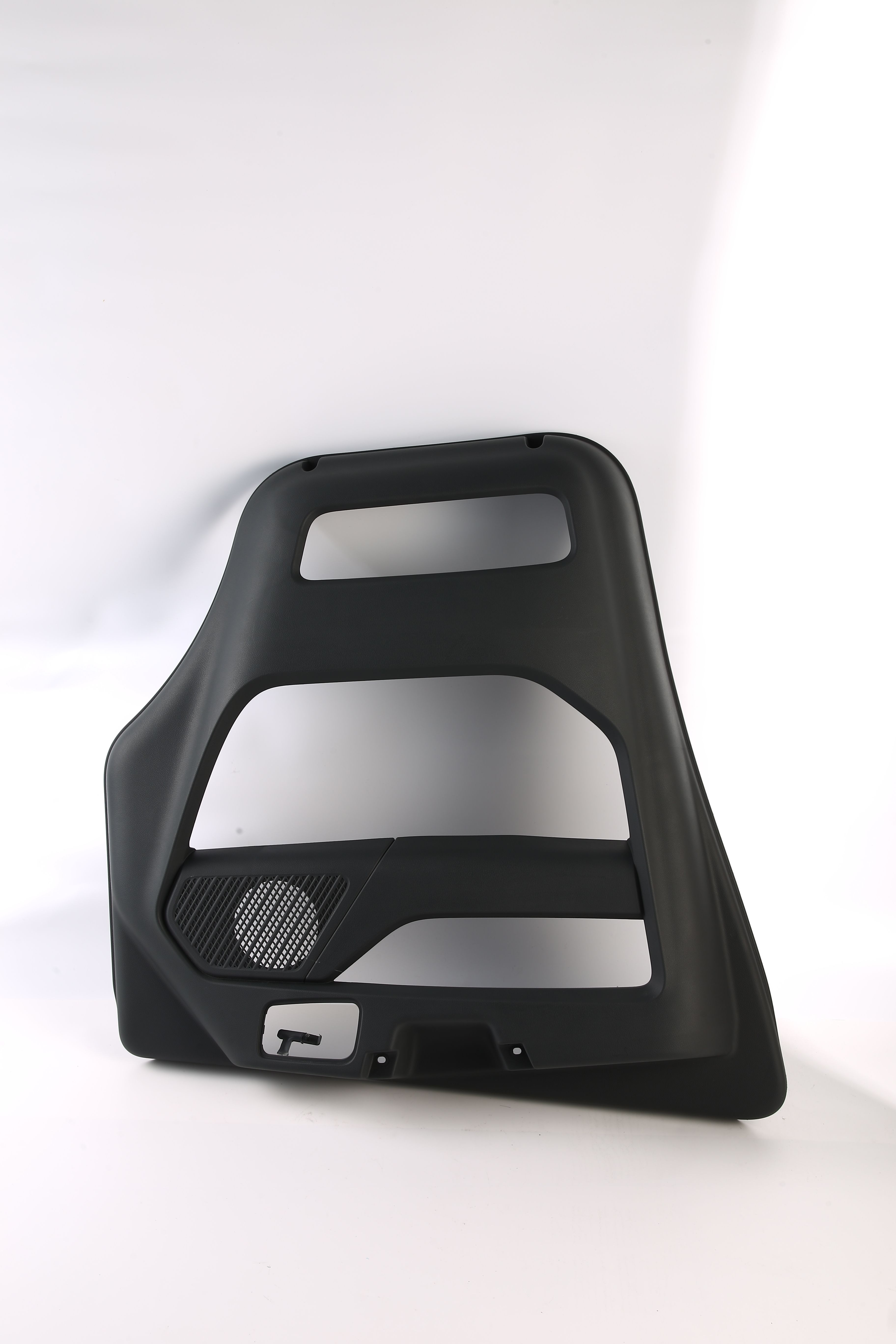Wholesale automotive car body moulds Factory
In the heart of the automotive industry, where innovation and precision are the driving forces, the manufacturing of automotive moulds stands as a testament to the relentless pursuit of excellence. The integration of automation and intelligence in this domain has not only revolutionized the way automotive moulds are produced but has also set a new standard for efficiency and quality. As we delve into the intricacies of this advanced manufacturing process, it becomes evident that the term "automotive mould" is more than just a component; it is the backbone of the automotive production line.
The automotive mould, a critical element in the shaping of car parts, has seen a significant transformation with the advent of automation. These moulds, which are used to form complex parts such as body panels, bumpers, and interior components, are now crafted with a level of precision that was once thought impossible. The incorporation of intelligent systems has allowed for the seamless integration of design, material selection, and manufacturing processes, ensuring that each automotive mould is produced to exact specifications.
The journey of an automotive mould begins with the design phase, where computer-aided design (CAD) software plays a pivotal role. Designers utilize these tools to create intricate 3D models of the mould, taking into account the material properties, the desired shape, and the manufacturing process. This digital blueprint is then transferred to computer-aided manufacturing (CAM) systems, which translate the design into a series of precise machine instructions. The CAM systems are the linchpins of the automation process, guiding the cutting, milling, and drilling machines that bring the automotive mould to life.
One of the significant advancements in automotive mould manufacturing is the use of robotics. Robotic arms, equipped with sensors and actuators, perform tasks with unparalleled accuracy and speed. They are capable of handling the heavy and delicate components of the mould with ease, ensuring that the final product is free from defects. The integration of these robots into the production line has not only increased the speed of manufacturing but has also reduced the potential for human error.
Another key aspect of the intelligent manufacturing of automotive moulds is the use of adaptive control systems. These systems are capable of learning from the manufacturing process and making real-time adjustments to improve efficiency and quality. By analyzing data from sensors placed throughout the production line, these systems can identify areas for improvement and make necessary adjustments without human intervention. This level of intelligence has led to a significant reduction in production time and an increase in the consistency of the automotive moulds produced.

The materials used in the creation of automotive moulds have also seen a transformation. Advanced materials such as high-strength steels, aluminium alloys, and composites are now commonly used, offering improved strength and durability. The selection of these materials is guided by intelligent systems, which consider factors such as the part's function, the required strength, and the manufacturing process. This careful consideration of material properties ensures that the automotive mould is not only capable of producing high-quality parts but is also cost-effective and environmentally friendly.
The finishing processes of automotive moulds have also been enhanced through automation and intelligence. Techniques such as polishing, coating, and heat treatment are now performed with a level of precision that was once unattainable. These processes are crucial in ensuring that the mould's surface is smooth and free from imperfections, which can affect the quality of the final part. The use of automated systems in these finishing processes has led to a significant improvement in the surface quality of automotive moulds.
Quality control is an integral part of the automotive mould manufacturing process. Automated inspection systems, equipped with high-resolution cameras and advanced image processing algorithms, are used to inspect each mould for defects. These systems are capable of detecting even the smallest imperfections, ensuring that only the higher quality automotive moulds are used in the production of car parts. The use of these intelligent inspection systems has greatly reduced the time required for quality control and has improved the overall reliability of automotive moulds.
As the automotive industry continues to evolve, the demand for high-quality, precision-engineered parts has never been greater. The manufacturing of automotive moulds has risen to meet this challenge, embracing automation and intelligence to produce components that are not only reliable but also cost-effective. The automotive mould, once a simple tool, has now become a symbol of the industry's commitment to excellence, a testament to the p of innovation and the relentless pursuit of perfection.
In conclusion, the automation and intelligence of automotive mould manufacturing have ushered in a new era of precision and efficiency. The integration of advanced technologies has transformed the way these moulds are designed, manufactured, and finished, ensuring that the automotive industry can continue to produce high-quality vehicles that meet the ever-increasing demands of consumers. As we look to the future, it is clear that the automotive mould will remain a cornerstone of the industry, a symbol of the ongoing quest for excellence in automotive manufacturing.





 English
English عربى
عربى Español
Español Français
Français








